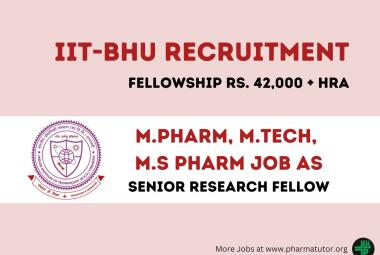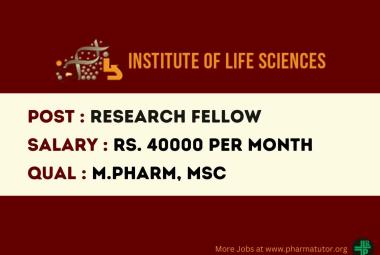 About Authors:
About Authors:
*S.B.Muthu Vadivel, R.Suresh Kumar, A.Tamil Selvan, R.Suthakaran
Department of Pharmaceutical Analysis and Quality Assurance
Teegala Ram Reddy College of Pharmacy
Saroor nagar, Meerpet, Hyderabad – 97.
*muthuvadivelanalyst@gmail.com
Abstract
Mass spectrometry has been applied to almost every area of research being pursued today. Studies of diverse subjects, such as cancer research, identification of drugs, forensic analysis, atmospheric end-water environmental analysis, combustion, and lasers have benefited from mass spectrometry. In some of these studies, the mass spectrometer is used both as a chemical reactor and as an analytical instrument. Because of these diverse applications, no person or group can completely review the field of mass spectroscopy. This chapter discusses instrumental designs and techniques, ionization processes, ion–molecule reactions, high-temperature systems, and sampling of reactive species. Any tandem mass spectroscopy has four basic components: (I) a system by which the sample to be studied is introduced into the instrument, (II) an ion source where ions that are characteristic of the sample are produced, (III) an analyzer region where the ion beam is sorted into its various mass-to-charge ratios, and (IV) a detector system where the separated ion beams are collected and by some method, rendered observable.



 About Author:
About Author: 
 About Authors:
About Authors:  About Authors:
About Authors:  About Authors:
About Authors: 







.png)


